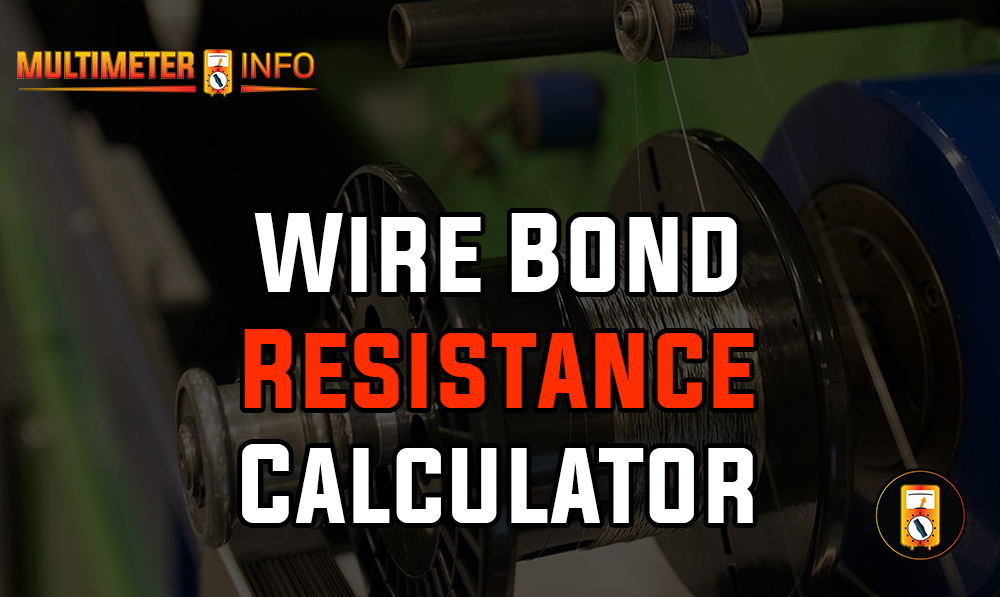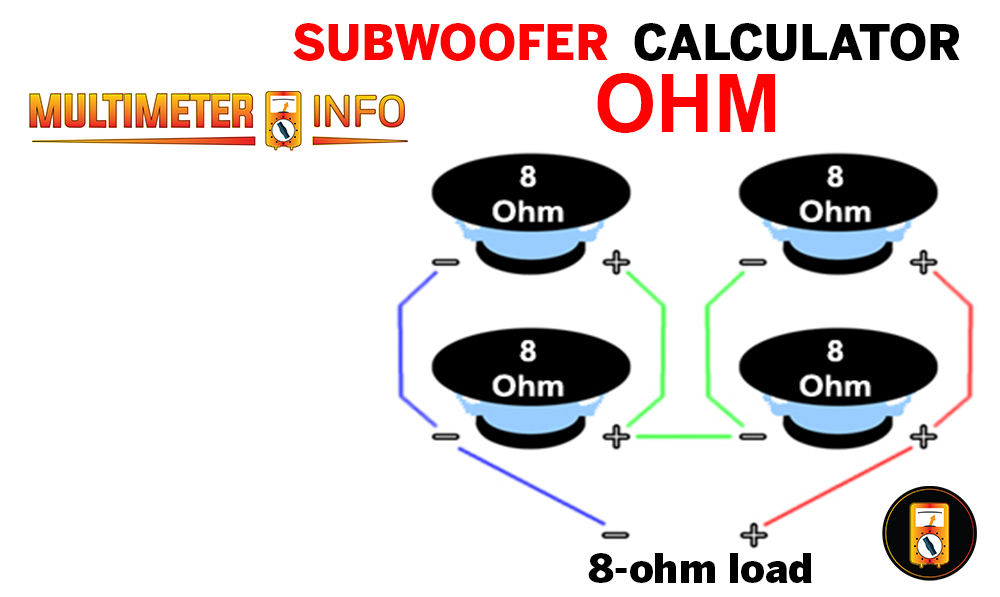Wire bonding is a crucial process in the manufacturing of semiconductor devices. Understanding and calculating the resistance of wire bonds is essential for ensuring the performance and reliability of electronic components. This post will guide you through the basics of wire bond resistance and how to calculate it.
What is Wire Bond Resistance?
Wire bond resistance is the electrical resistance the wire offers in bonding semiconductor devices. This resistance can impact the device’s performance, so it is important to calculate it accurately and minimize it where possible.
Factors Affecting Wire Bond Resistance
- Resistivity (ρ): This is a material property that indicates how strongly a material opposes the flow of electric current. Different materials have different resistivities, and the choice of material significantly impacts the wire bond resistance.
- Length (L): The length of the wire bond affects the resistance linearly. A longer wire bond will have higher resistance.
- Cross-sectional Area (A): The cross-sectional area of the wire bond is inversely proportional to the resistance. A larger area results in lower resistance.
The formula for Calculating Wire Bond Resistance
The resistance RRR of a wire bond can be calculated using the formula: R=ρ⋅LAR = \frac{\rho \cdot L}{A}R=Aρ⋅L where:
- ρ\rhoρ is the resistivity of the material,
- LLL is the length of the wire bond,
- AAA is the cross-sectional area of the wire bond.
How to Use the Wire Bond Resistance Calculator
To calculate the wire bond resistance, you need to know the material’s resistivity, the length of the wire bond, and its cross-sectional area. Input these values into the calculator, which will give you the resistance value.
- R=ρ⋅LAR = \frac{\rho \cdot L}{A}R=Aρ⋅L
Where:
- AAA is the cross-sectional area of the wire bond.
- RRR is the resistance,
- ρ\rhoρ is the resistivity of the material,
- LLL is the length of the wire bond.





